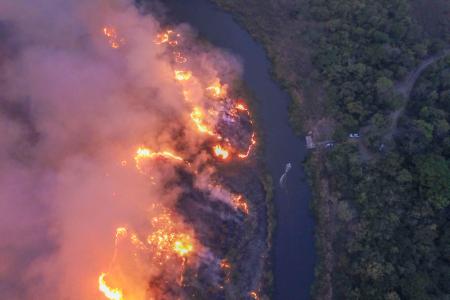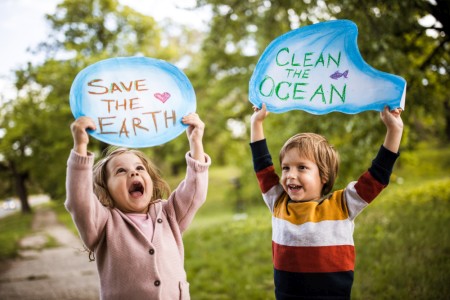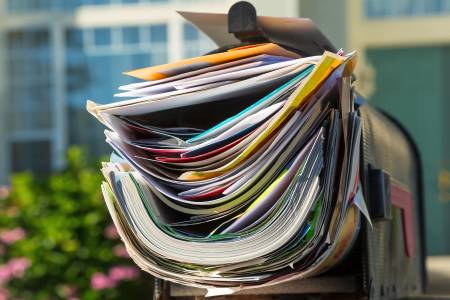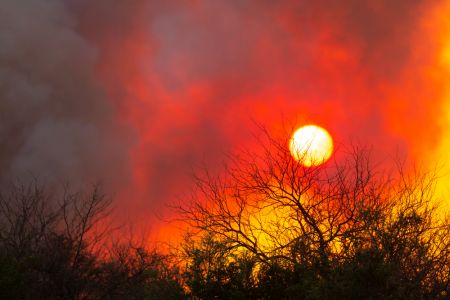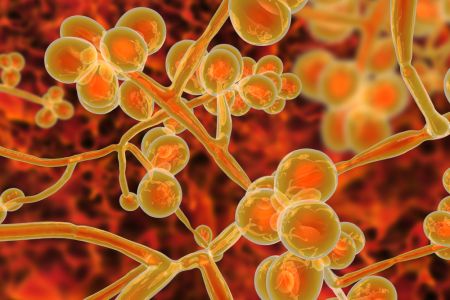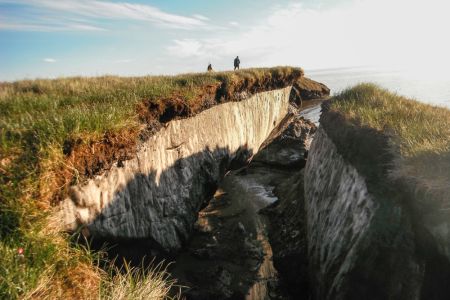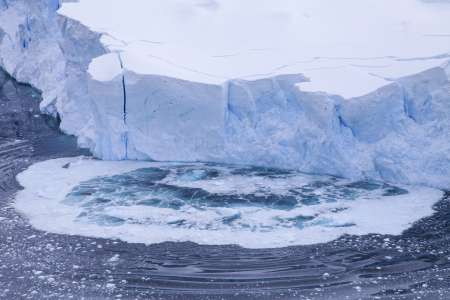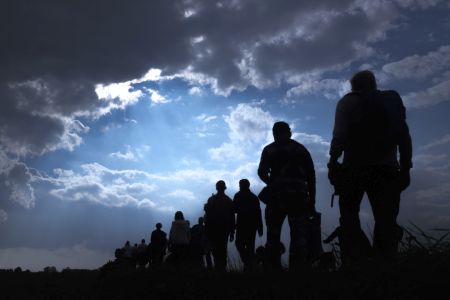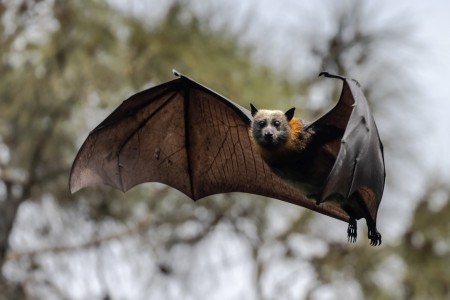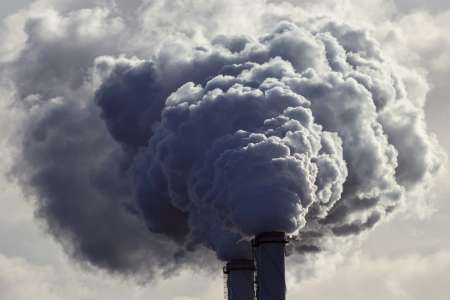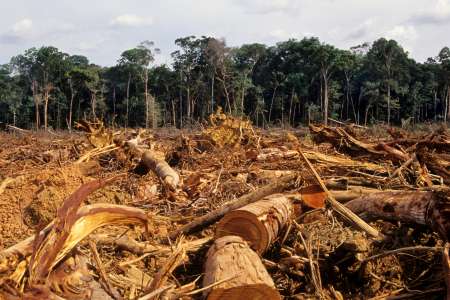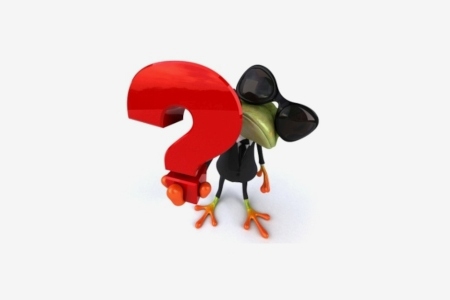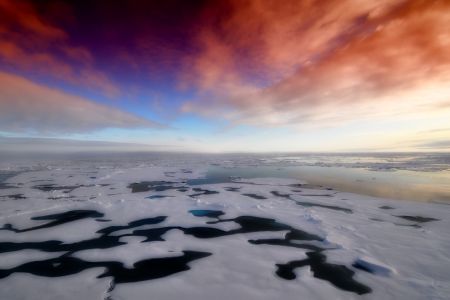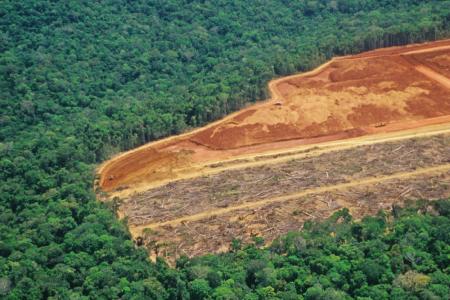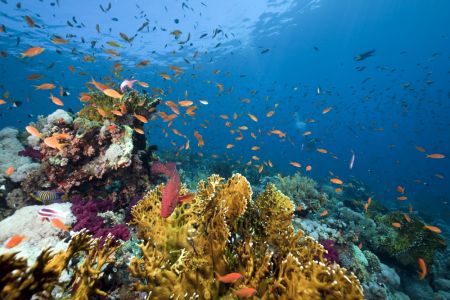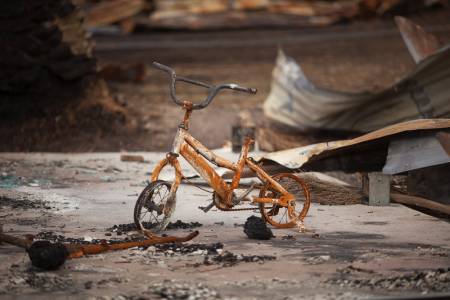Everywhere on the Planet Microplastics Are Found Inside People
Increasing amounts of neuston inside our bodies and organs is a dangerous part of our 21st-century lifestyle. In the future, those foreign materials inside us may well cause severe health issues, especially for our youth. Yet, today, the only constant about them is that absolutely no one can state with any certainty what the exposure consequences will be, and that’s scary!
06/17/2024
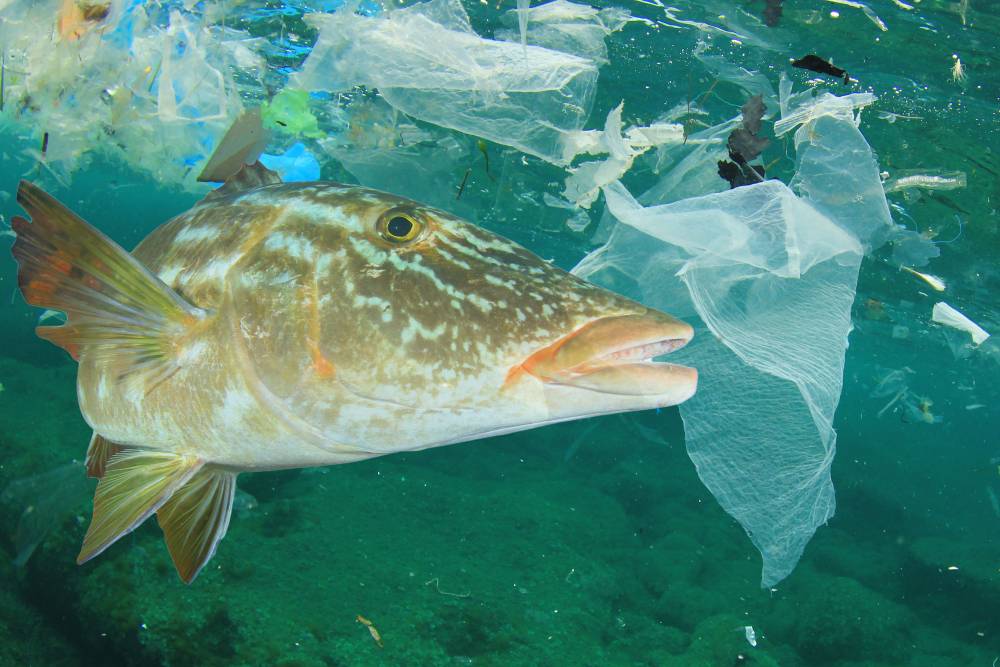
Introduction to Microplastics and Plastic History
Microplastics come from plastic; a product created some 165 years ago as a replacement for ivory with the invention of Parkesine by a British inventor named Alexander Parkes. Initially, the material was produced and used in very limited industrial applications such as electrical insulators; this restricted role continued until the mid-1950s when plastic’s versatility and low cost became a driving factor in the explosion of the amounts used worldwide. As seen in the graph below, plastic production and use are soaring today.
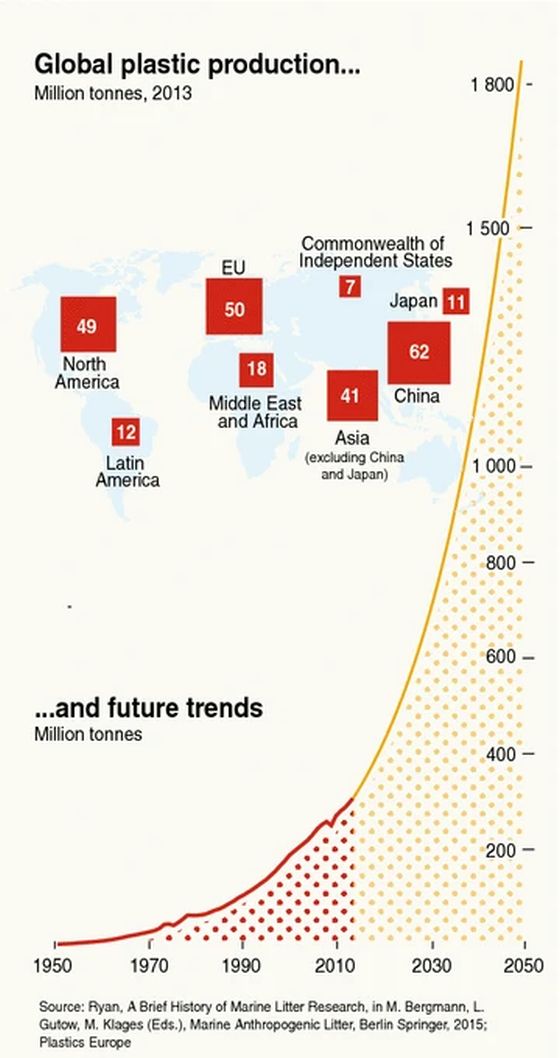
The Growing Problem of Microplastics
When the projections in the graph come to fruition, what is already an immense problem by 2050 will become a planetary disaster, as more plastics being produced equates to greater quantities of microplastics affecting our health and the planet’s.
Defining and Understanding Microplastics
Microplastics are created when plastics are broken down by natural causes or by being manufactured for products, such as skin exfoliants. While there is a consensus on what microplastics are, there is no exact definition of what size they are; most experts agree they are less than 5 mm in diameter. Whatever the size the debate ends up settling on, recognition is growing that their sources and quantities make them omnipresent in our bodies and the environment.
Microplastics in Consumer Products and the Environment
Cosmetics, including many toothpaste brands, use microplastics as cleaning agents. They are often found in tap water; up to 370,000 particles can be found in bottled water. Oceans, used as dumping grounds for plastic waste that breaks down over time into smaller particles, contain fish and other ocean products whose flesh is laced with them. Eat and enjoy!
Microplastics in the Food Supply
Landfills also contain abundant quantities of plastics, which break down over time and become airborne as winds pick them up and distribute them everywhere, even to the most remote areas of the planet–the Arctic and Antarctic regions. Vegetables, meats, fish, and fruits all have been found to contain them or be capable of that occurring, and it must be stressed that this does not mean they are on the outside of them. Instead, the microplastics are inside them, and you can’t wash them off.
Household Sources of Microplastics
The list of where these particles are found is endless, and while we may think of our homes as places where we can be safe and able to avoid them, that is not true. Your food, carpets, towels, water bottles, toothbrushes, cleaning supplies, clothing, furniture, and other household items contain plastic, all shed microplastics. You might not think of your laundry as a culprit in all this, but consider that a University of Plymouth study showed, “An average washing load could release 137,951 fibers from polyester-cotton blend fabric, 496,030 fibers from polyester and 728,789 from acrylic.”
Impact on Wastewater and Marine Environments
Much of these laundry-produced fibers end up in both our homes and our wastewater, which, even after treatment, contain large amounts of tiny microplastics that end up in oceans and other environments. A 2019 Water Research X study found that “Municipal sewage contains high levels of microplastic and other anthropogenic microliter, and therefore, although wastewater treatment plants are effective at removing these through treatment operations, the small fraction of microplastic released factored with large treatment volumes equates to a significant environmental source of microplastic.”
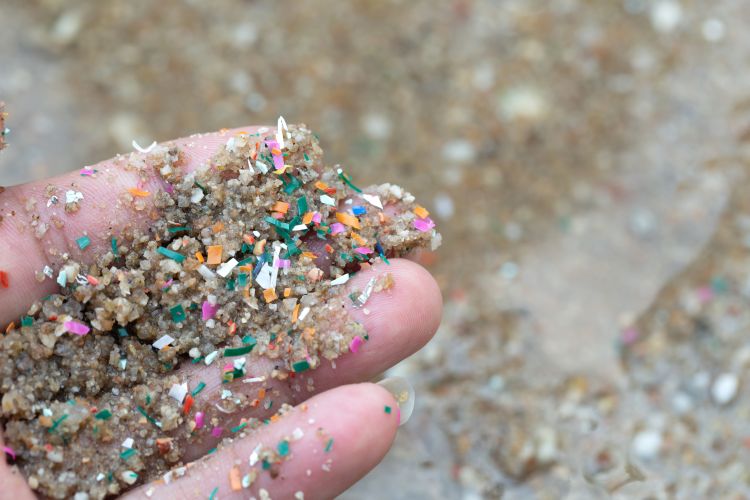
Plastic wastes are broken down into tiny pieces known as microplastics. iStock.com/Pcess609
Health Risks Associated with Microplastics
There is now so much plastic around that a study at the University of Newcastle, “Impact of Microplastics and Nanoplastics on Human Health stated, “A solitary microplastic particle will break down into billions of nanoplastic particles, suggesting that nanoplastic pollution will be prevalent across the globe.” Nanoplastics are so small that they can pass through biological membranes. This is not good news.
More bad news for our health comes from a publication in Sci Total Environ called “Potential human health risks because of environmental exposure to nano- and microplastics and knowledge gaps: A scoping review,” which states, “Several studies have shown the potentiality of metabolic disturbances, neurotoxicity, and increased cancer risk in humans.”
Can anyone definitively define the harm these particles cause? Perhaps not, but it reminds me of the old tobacco company scripts that stated, “No one can prove that smoking causes cancer.” It had not been proven until it was proved that it did, which arrived too late for many who suffered and died from lung cancer. Let’s not risk the health and lives of generations of children who, years later, will find that microplastics caused them cancer and other illnesses.
The Challenge of Addressing Microplastic Pollution
What actions need to be taken to ensure that this does not happen is difficult to define, for eliminating plastics is just not going to happen. There is simply far too much reliance on them and at present no viable alternatives. That said, we can take steps to lessen the risks.
Practical Steps to Reduce Microplastic Pollution
The easiest way to implement reductions in microplastics would, to the extent possible, be to limit the use of single-use plastics. Plastic straws and utensils can be replaced with alternatives made from natural, biodegradable materials. Replacing refillable, non-plastic water bottles and coffee cups with reusable ones can also help. A ban on coffee pods is a straightforward decision when the alternative is to spoon some coffee into your coffee maker.
Long-Term Solutions and Government Role
Good news: We can ditch laundry detergent pods and find alternatives to plastic food storage bags and food wraps. Silicone sponges and paper trash bags can also be added to the list of solutions that help. Years ago, meats and fish were wrapped in butcher paper when purchased. Somehow, folks survived. Can we do it without plastic shopping bags if you can bring your reusable ones? Yes!
These are first steps, and each of them, while small, will make a large impact when millions do the same. However, They must not be standalone and must be followed by government actions such as ensuring that recyclable plastics of all types are disposed of. Too often, many types of plastics are not allowed in recycling programs, and these plastics end up in our oceans and landfills. Eliminating as much of it from the sources is needed.
The Urgent Need for Change
There are no short-term magic bullets, and government investment in long-term research into alternative materials that break down into non-toxic waste must be a goal.
Our planet requires change, and our bodies, sickened when meaningful steps are not taken, demand it.

